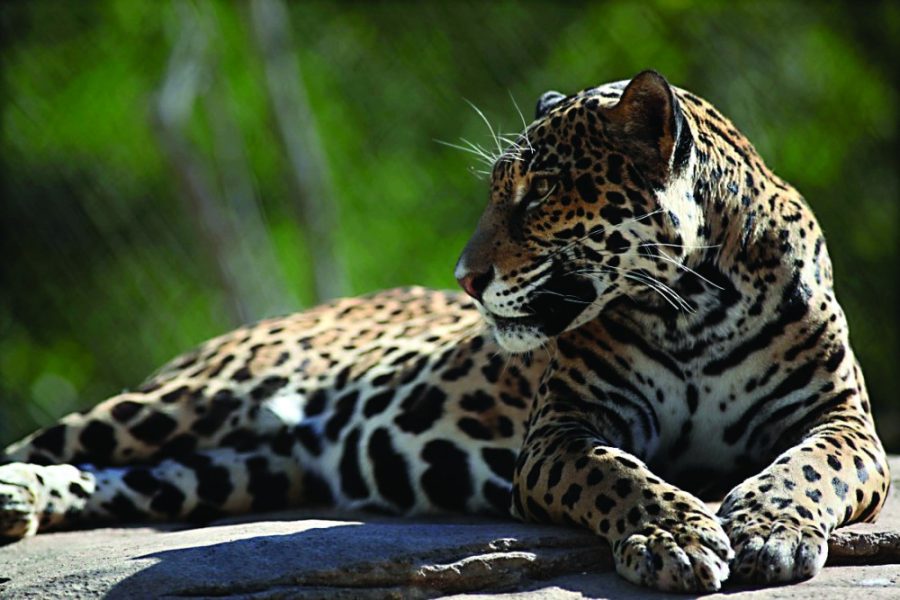The Arizona Fish and Wildlife Service has selected a UA research proposal to conduct a three-year, $771,000 study on jaguar activity in the Southwestern United States.
To conduct the study, 240 cameras will be placed between Arizona’s Baboquivari Mountain Range and the Animas Mountains in New Mexico. The cameras are equipped with infrared and motion-sensing technology, and will be placed in pairs along trails.
The setup allows for image capture on both sides of the jaguar. This allows scientists to see the cat’s entire spot pattern, which is as unique as a fingerprint. Scat samples will also be obtained in the field and tested as another method of identification and research. Once photos or jaguar DNA samples are obtained, they will be studied to determine behavioral aspects of the animal, including what they eat, as well as genetic information about the animals.
“There’s almost no limit to the number of things we can look at once we have the DNA in hand,” said Melanie Culver, an assistant professor of wildlife and fisheries sciences and the project’s primary investigator.
Funding for the project comes from the Department of Homeland Security, which is interested in border-related activities. The request was passed on to the Arizona Fish and Wildlife Service, which then requested research proposals, ultimately selecting the UA as the institution to conduct the study. The study’s initial funds amounted to $771,000, but additional funds will later be available as research progresses.
The UA’s Wild Cat Research and Conservation Center was awarded the grant after submitting the initial research proposal. In an effort to maintain the center’s mission statement of wild cat conservation, this particular project will not involve trapping, collaring or any other intrusive techniques, according to Lisa Haynes, the center’s coordinator.
“That’s always our primary goal is to have the highest standards of conserving these animals and the landscape,” Haynes said. “That includes using techniques that are completely passive or non-invasive, and that’s why we’re using the cameras.”
While the group leading the study includes conservation geneticists, biologists and software analysts, the project also incorporates government and public policy. Kirk Emerson, a research associate in the School of Public Administration and Policy, will oversee regulations regarding how the study may affect people in the area.
“In managing natural resources and working on landscapes, there are a whole array of policies, regulations and laws that often come in conflict,” Emerson said. “You have interests in maximizing grazing productivity on the land, and you also have interests in conserving wildlife and making sure that species diversity is provided for a healthy landscape.”
Emerson’s task will be to make sure any conflicts that arise throughout the course of the study are managed adequately, and to ensure that “property owners, environmental activists, conservation advocates, hunters and public land managers from different agencies” all work together to make the study as effective and unobtrusive as possible, she said.
The importance of this research is strengthened by the jaguar’s endangered species status, as well as the cat’s tendency to move across the border, Culver said.
“Jaguars are an endangered species, and so U.S. Fish and Wildlife is charged with developing a recovery plan,” Culver said. “Because they’re a trans-boundary species, there are additional concerns for the jaguar. They cross the U.S.-Mexico Border, and that provides additional challenges for the species.”
Four jaguars have been discovered in the area surrounding the Arizona-New Mexico borderlands since 1996, with the most recent sighting in Cochise County on Nov. 19. The Arizona Game and Fish Department’s capture and collaring of the jaguar “Macho B” in February 2009 is the only jaguar collaring that has occurred in the United States.









